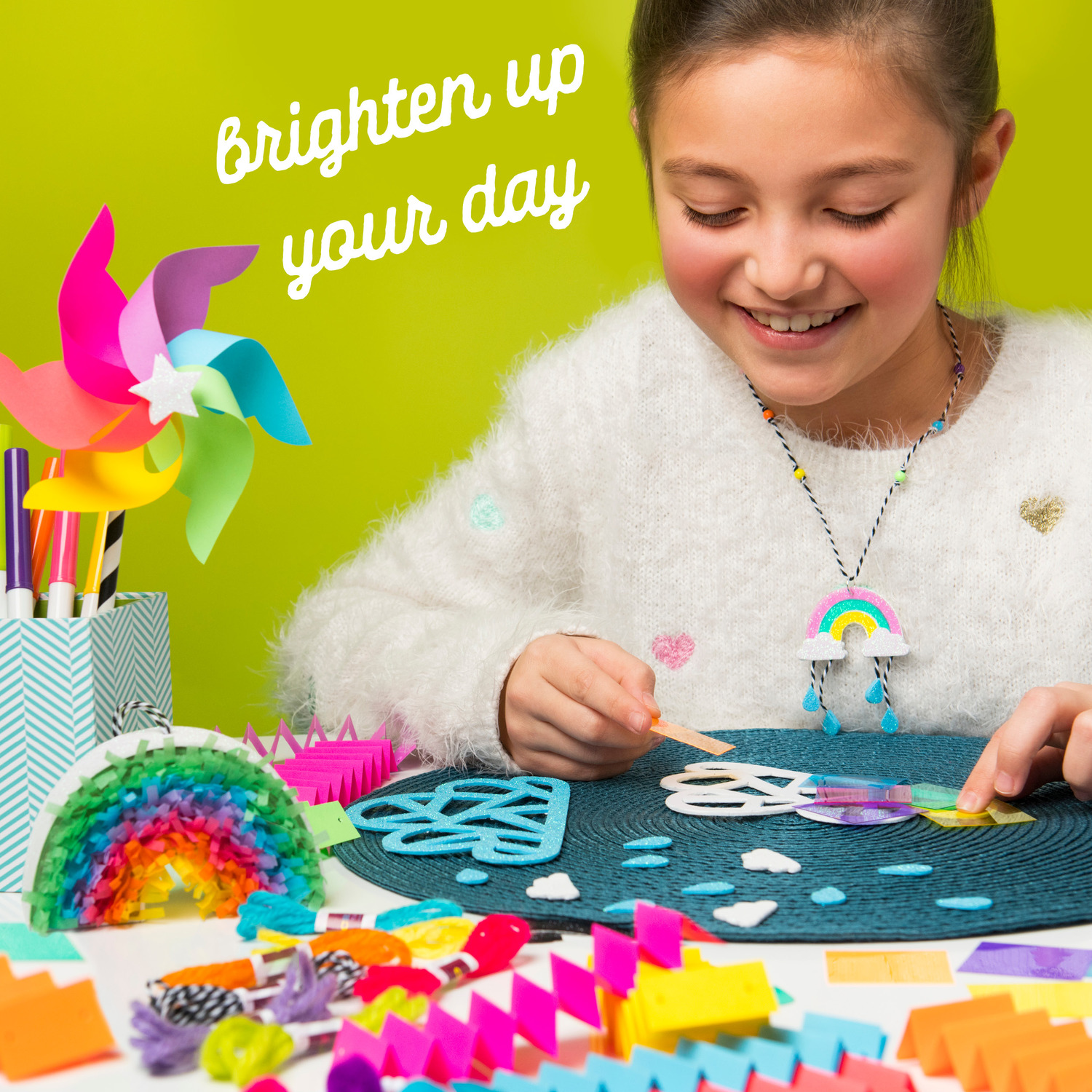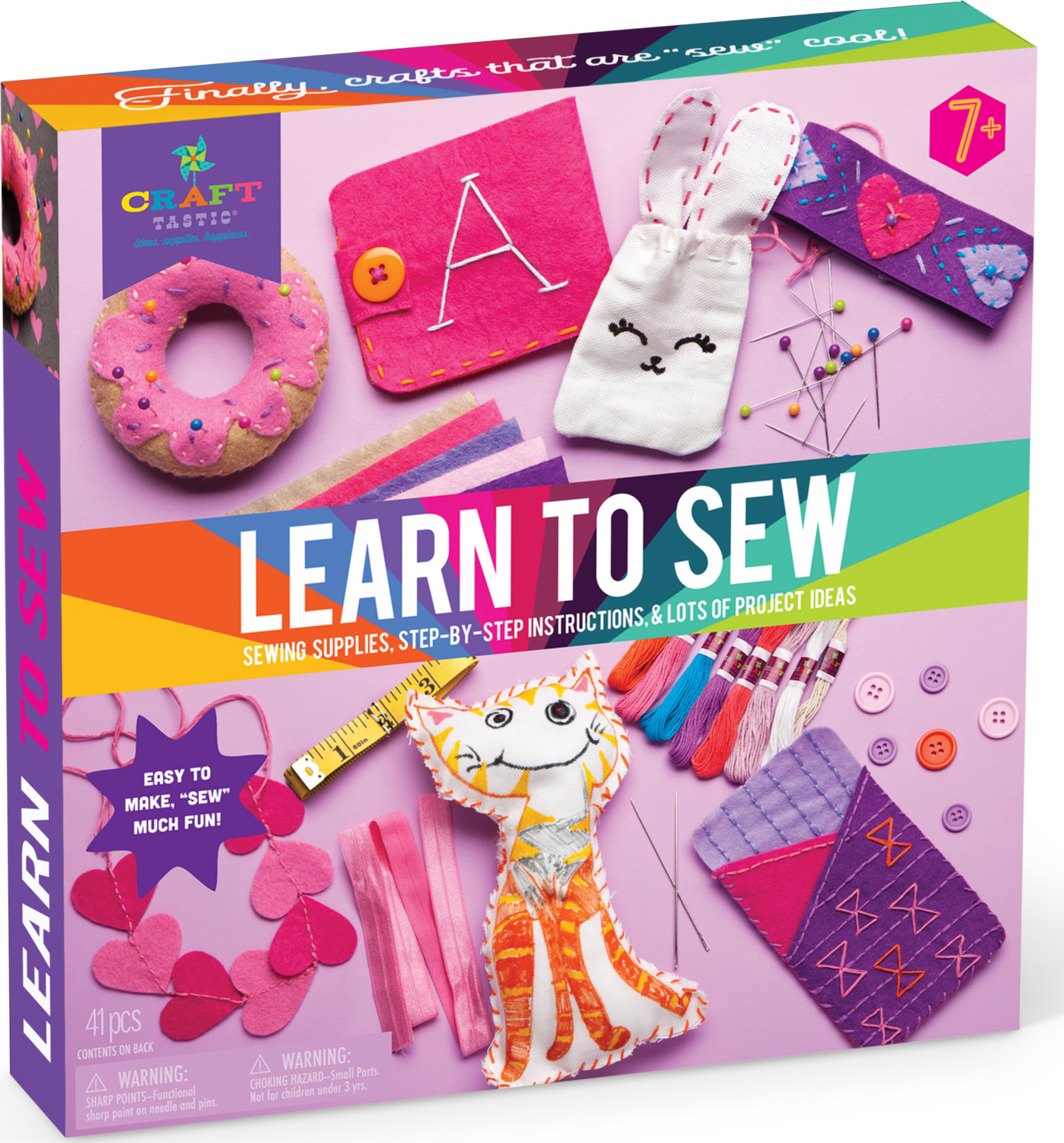Hey there, animation enthusiasts! If you're diving into the world of craft tastic animations, you've landed in the right place. Whether you're a beginner or a seasoned pro, this guide is packed with insights, tips, and tricks to help you create animations that will leave your audience in awe. Let's get started and craft some magic!
Animations are more than just moving images; they’re a powerful storytelling medium. With craft tastic animations, you can bring your ideas to life, engage your audience, and convey complex messages in a visually captivating way. So, buckle up because we’re about to take you on a journey through the mesmerizing world of animation.
Now, why should you care about craft tastic animations? Well, in today’s digital age, visuals play a crucial role in grabbing attention. Whether it’s for marketing, entertainment, or education, animations have the power to make your content stand out. In this guide, we’ll cover everything you need to know to master this art form.
- Madelyn Cline Nude Understanding The Controversy And Setting The Record Straight
- Kaylee Hartung Eye A Comprehensive Look Into The Rising Stars Beauty
What Are Craft Tastic Animations?
Craft tastic animations refer to animations that are meticulously crafted with attention to detail, creativity, and innovation. These animations are designed to captivate audiences and leave a lasting impression. Think of them as the intersection of art and technology, where imagination meets skill.
At their core, craft tastic animations are not just about movement but about storytelling. They evoke emotions, convey messages, and create experiences that resonate with viewers. Whether you’re working on a short explainer video, a feature film, or even a simple GIF, the key is to infuse your work with personality and purpose.
Why Craft Tastic Animations Matter
In today’s content-driven world, standing out is essential. Craft tastic animations help you do just that. Here’s why they matter:
- Facecheck Id Your Ultimate Guide To Identity Verification Solutions
- Bronwin Aurora Nude A Comprehensive Exploration
- They capture attention instantly.
- They convey complex ideas in an engaging way.
- They leave a lasting impression on your audience.
- They enhance user experience across various platforms.
From social media to websites and presentations, craft tastic animations can elevate your content and make it more memorable. So, whether you’re a business owner, marketer, or artist, this is a skill worth mastering.
Tools You Need to Craft Tastic Animations
Creating craft tastic animations doesn’t have to be overwhelming. With the right tools, you can bring your ideas to life effortlessly. Here’s a list of some popular software and platforms to consider:
- Adobe After Effects: A powerhouse for creating complex animations.
- Blender: Perfect for 3D animations and modeling.
- Toon Boom Harmony: Ideal for traditional 2D animations.
- Canva: Great for beginners who want to create simple animations quickly.
Of course, the tool you choose depends on your skill level, project requirements, and budget. Experiment with a few options to find the one that suits you best.
Pro Tip: Start Simple
If you’re new to animation, don’t feel pressured to jump into the most advanced software right away. Start with something user-friendly like Canva or even PowerPoint. As you gain confidence, you can explore more complex tools like Adobe After Effects or Blender.
The Art of Storyboarding
Before you dive into creating craft tastic animations, you need a solid plan. That’s where storyboarding comes in. A storyboard is essentially a visual outline of your animation. It helps you map out each scene, ensuring that your animation flows smoothly and effectively communicates your message.
Here’s how you can create a storyboard:
- Define your key scenes and plot points.
- Sketch rough drawings for each scene.
- Add notes for dialogue, sound effects, and transitions.
Think of your storyboard as the blueprint for your animation. It’ll save you time and effort in the long run and ensure that your final product meets your vision.
Why Storyboarding Is Essential
Storyboarding might seem like an extra step, but trust us, it’s worth it. It helps you:
- Visualize your ideas before diving into production.
- Identify potential issues early on.
- Collaborate effectively with your team.
So, don’t skip this crucial step. Your future self will thank you!
Understanding Animation Styles
Craft tastic animations come in various styles, each with its own unique charm. Here’s a breakdown of some popular animation styles:
2D Animation
Traditional 2D animation involves creating flat, two-dimensional characters and backgrounds. It’s perfect for projects that require a classic, hand-drawn look. Think classics like Disney’s “The Lion King” or “Snow White.”
3D Animation
3D animation adds depth and realism to your creations. It’s ideal for projects that require a more immersive experience. Movies like “Toy Story” and “Avatar” are great examples of 3D animation.
Stop Motion
Stop motion involves capturing individual frames of physical objects and then playing them back in sequence to create the illusion of movement. It’s a labor-intensive process but results in stunning visuals. Think “Wallace and Gromit” or “Coraline.”
Motion Graphics
Motion graphics combine graphic design with animation to create dynamic visuals. They’re commonly used in explainer videos, presentations, and title sequences. Tools like Adobe After Effects are perfect for creating motion graphics.
No matter which style you choose, the key is to align it with your project’s goals and audience preferences.
Mastering Animation Techniques
Now that you know the different styles, let’s dive into some essential animation techniques. These techniques will help you create craft tastic animations that are smooth, engaging, and visually appealing.
1. Keyframe Animation
Keyframe animation involves setting keyframes at specific points in your timeline and letting the software interpolate the movement between them. It’s a powerful technique for creating fluid motion.
2. Tweening
Tweening is the process of generating intermediate frames between two keyframes to create the illusion of smooth motion. It’s especially useful in 2D animation.
3. Rigging
Rigging involves setting up a skeleton or control system for your characters. This allows you to manipulate their movements more easily and realistically.
By mastering these techniques, you’ll be able to create animations that are not only visually stunning but also technically sound.
Adding Personality to Your Animations
One of the key elements of craft tastic animations is personality. Your animations should have a unique voice and style that sets them apart. Here’s how you can add personality to your work:
- Develop distinct character designs that reflect your story.
- Incorporate quirky movements and expressions.
- Experiment with color palettes and textures.
Remember, your animations should reflect your brand or message. Whether you’re going for playful, serious, or whimsical, consistency is key.
Pro Tip: Study Great Animators
Take inspiration from some of the best animators in the industry. Study their work, analyze their techniques, and incorporate what you learn into your own projects. Some names to check out include Hayao Miyazaki, John Lasseter, and Don Bluth.
Optimizing for Digital Platforms
In today’s digital world, optimizing your craft tastic animations for various platforms is crucial. Whether you’re sharing your work on social media, websites, or streaming platforms, here’s how you can ensure it looks its best:
- Export your animations in the correct resolution and file format.
- Compress your files without sacrificing quality.
- Test your animations across different devices and browsers.
By following these steps, you’ll ensure that your animations look great no matter where they’re viewed.
Pro Tip: Keep File Sizes in Check
Large file sizes can slow down your website or social media posts. Use tools like Adobe Media Encoder or HandBrake to compress your files while maintaining quality.
Measuring Success
Creating craft tastic animations is just the beginning. To ensure your efforts pay off, you need to measure their success. Here’s how you can track the performance of your animations:
- Monitor engagement metrics like views, likes, and shares.
- Track click-through rates if your animations are part of a marketing campaign.
- Gather feedback from your audience to identify areas for improvement.
By analyzing these metrics, you’ll gain valuable insights into what works and what doesn’t, allowing you to refine your approach over time.
Final Thoughts
Creating craft tastic animations is a rewarding journey that combines creativity, skill, and technology. Whether you’re a beginner or a seasoned professional, this guide has provided you with the tools and knowledge you need to succeed.
So, what are you waiting for? Grab your software, fire up your creativity, and start crafting animations that will leave your audience in awe. And don’t forget to share your work with the world!
Before you go, we’d love to hear from you. What’s your favorite animation style? Have you tried any of the techniques we discussed? Leave a comment below and let’s keep the conversation going!
Thanks for reading, and happy animating!
Table of Contents
- Camila Araujo Nudes Facts Misconceptions And The Truth Behind The Headlines
- Ari Kytsya Onlyfans A Comprehensive Look Into Her Career And Success


